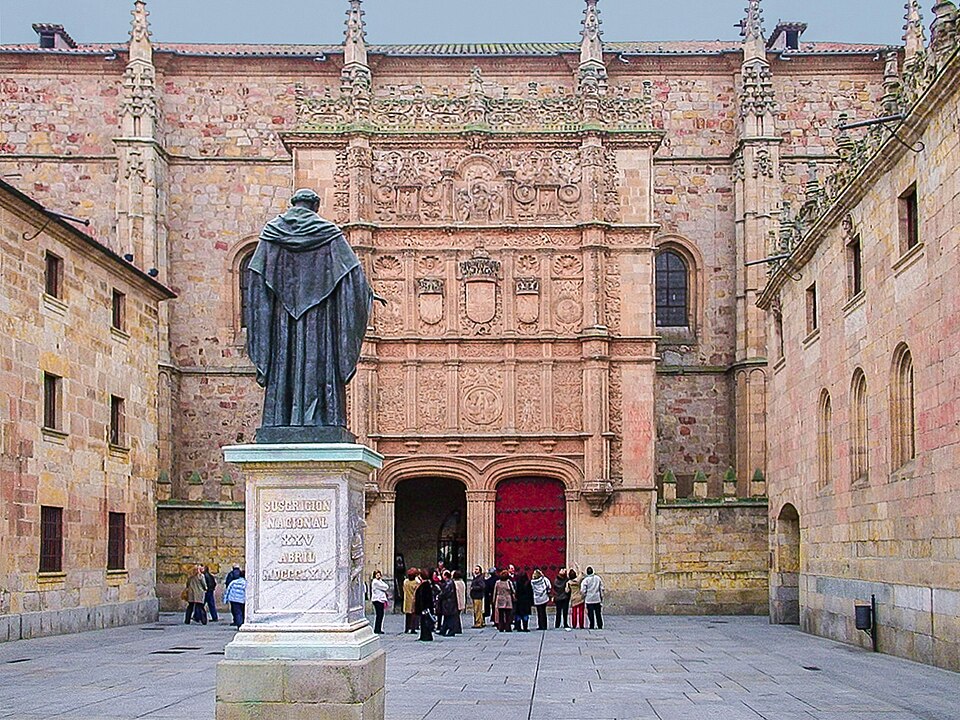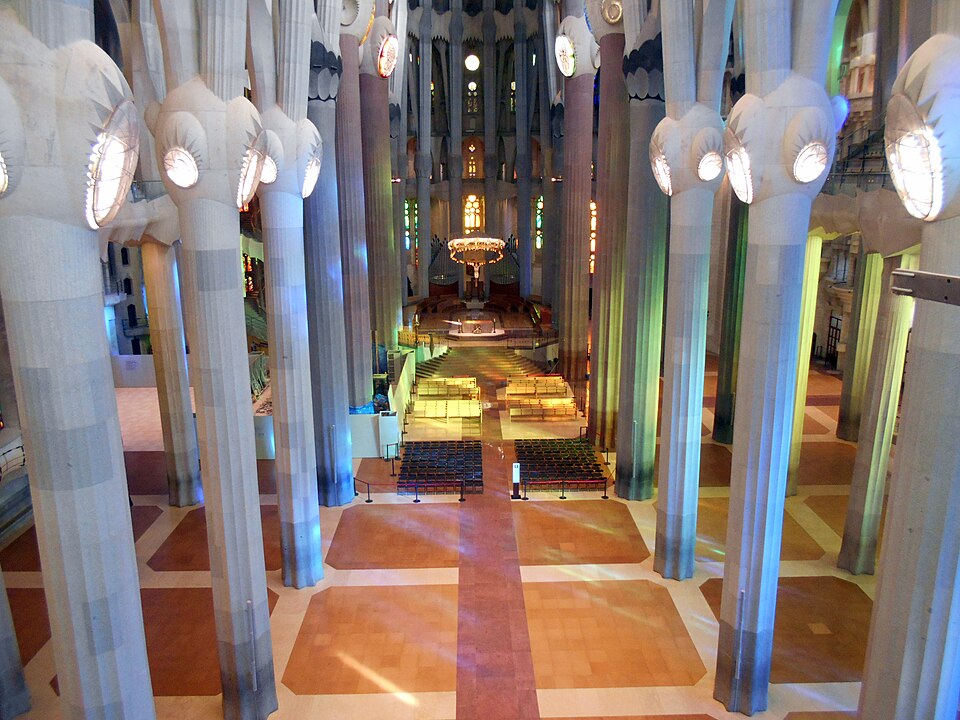Parador of San Marcos, a magnificent example of Spanish Renaissance and Plateresque style
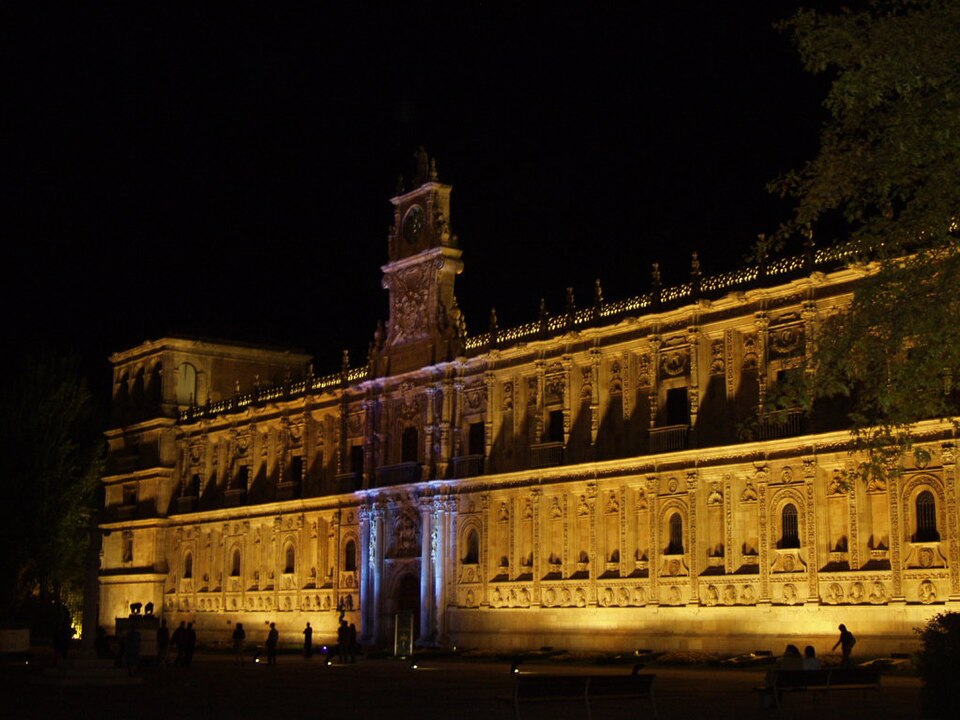
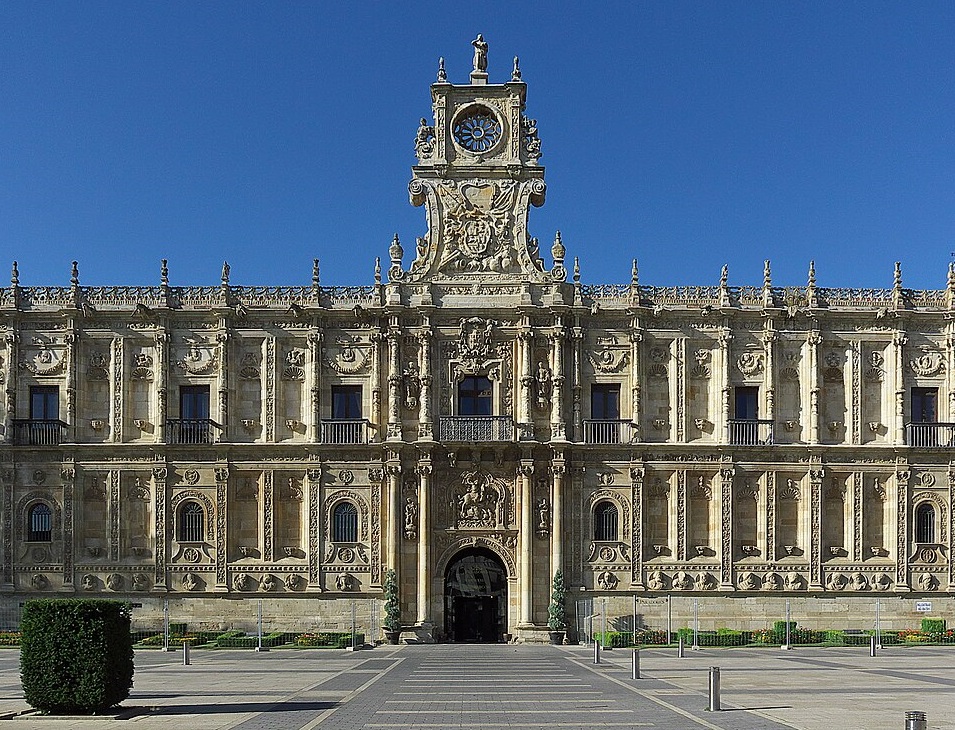
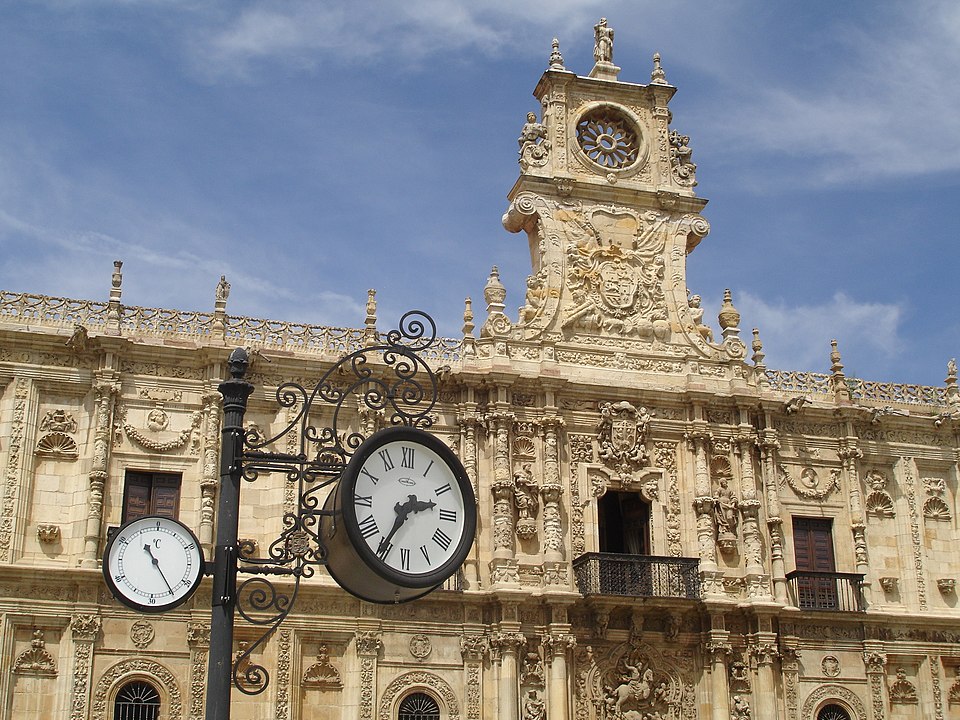
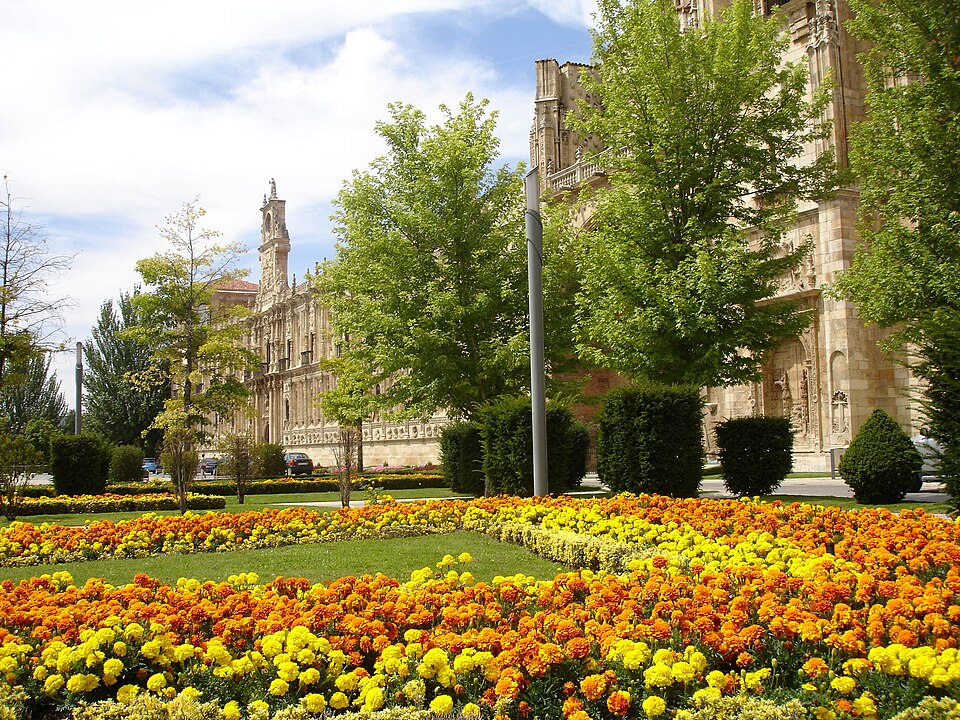
Actualizado el
The Monastery and Parador of San Marcos is a magnificent example of Spanish Renaissance architecture in the Plateresque style. Originally a pilgrims' hospital and later a monastery of the Order of Santiago, it has been transformed into a Parador with an integrated museum, where every stone and chamber recalls centuries of Jacobean history, art, and hospitality.
Where is it located?
It stands on the banks of the Bernesga River, at Plaza de San Marcos, 7 in León, just a few minutes’ walk from the Cathedral and the old town, and is part of the Camino de Santiago pilgrimage route through the city.
When and how was it built?
Its origins date back to the 12th century as a hospital for pilgrims. Between 1514 and 1715, it underwent a Renaissance reconstruction under the auspices of the Order of Santiago, led by architects such as Juan de Badajoz el Mozo and Gaspar de la Peña. The Plateresque decoration of the grand main façade and the cloisters was completed in the 16th century, while the church and monastic quarters were finished in later phases.
Why is it such an important monument?
- Plateresque façade: regarded as one of the most beautiful in Spain, rich in heraldic motifs, saintly figures, and ornamental foliage.
- Jacobean heritage: a key stop on the Camino de Santiago as hospital and hostel, bearing witness to medieval devotion and hospitality.
- Living adaptation: a combination of historic monument, luxury Parador hotel, and museum, preserving functions and uses for over eight centuries.
What can you see on the visit?
- Main façade and portal, featuring sculptures of Saint James the Apostle, Leonese royalty, and mythological figures.
- Church and high altar, showcasing Renaissance-to-Baroque transition with tombs and side chapels.
- Upper and lower cloisters, lined with Doric columns and decorated capitals around landscaped gardens.
- Chapter house, displaying scale models and original architectural plans.
- Museum of San Marcos, exhibiting royal sepulchers, historicist furniture, and liturgical artifacts.
- Parador areas, such as the former refectory and monastic cells converted into salons and guest rooms.
How is the visit organized?
The museum and church visit can be self-guided or with an official guide, booked through the Parador website or the León Tourist Office. Parador guests have full access to all monumental areas during their stay.
Where to find information on hours and rates?
Check the Parador San Marcos website (parador.es) and the León Tourist Office for opening hours (usually 10:00–18:30) and ticket prices for the museum and church.
What else to see nearby?
- León Cathedral, a Gothic jewel just five minutes away on foot.
- Basilica of San Isidoro, featuring the Royal Pantheon and Romanesque frescoes.
- Casa Botines, a Neo-Gothic masterpiece by Antoni Gaudí.
- Barrio Húmedo, the lively tapas district with a traditional atmosphere.
- MUSAC, the contemporary art museum on the Bernesga riverbank.
In short, the Monastery and Parador of San Marcos in León blends art, history, and hospitality in a monumental complex that invites exploration of Spanish Renaissance richness and Jacobean tradition in a single journey.
How to get there
Plaza San Marcos, 7, 24001 León
Decimal: 42.601944°, -5.582222°
DMS: 42°36'07" N, 5°34'56" O












